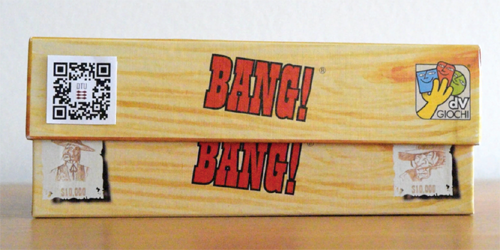Fooling Around with Boxes
In many countries, today is a day for practical jokes. In the news media, those jokes often take the form of reports of fanciful experiments or fake scientific breakthroughs, which have included the discovery of flying penguins and the development of telepathic tweeting. While the publication today of the following story might leave you wondering if it’s a fantasy tale, it is no April Fool.
In the summer of 2018, Kaare Jensen was tidying up some lidded boxes in his lab at the Technical University of Denmark when he noticed something odd: The lids of the boxes all took different lengths of time to fall into place. He investigated the literature to see if anyone knew why, but he couldn’t identify any studies that explored this topic.
Jensen and his colleagues decided to rectify that and started collecting more lidded boxes to study, including one for an iPad and another for the game Catan. Later, they also 3D-printed the lids and bases of boxes with specific designs.
Monitoring how these boxes closed, the team found that the lids either dropped at a constant speed or at a continuously slowing speed, with the result depending on the shape of the narrow gap between a box’s base and its lid [1]. They also uncovered the optimal base and lid shapes for making the lid close as quickly and smoothly as possible: The optimum lid is perfectly square, while the sides of the base taper such that they are closer together at the base’s top than at its bottom. “I had thought that the best option would be to have a parallel lid and base,” Jensen says. “The experiments tell a different story.”
–Katherine Wright
Katherine Wright is the Deputy Editor of Physics Magazine.
References
- J. de Ruiter et al., “Fluid physics of telescoping cardboard boxes,” Phys. Rev. Fluids 7, 044101 (2022).




